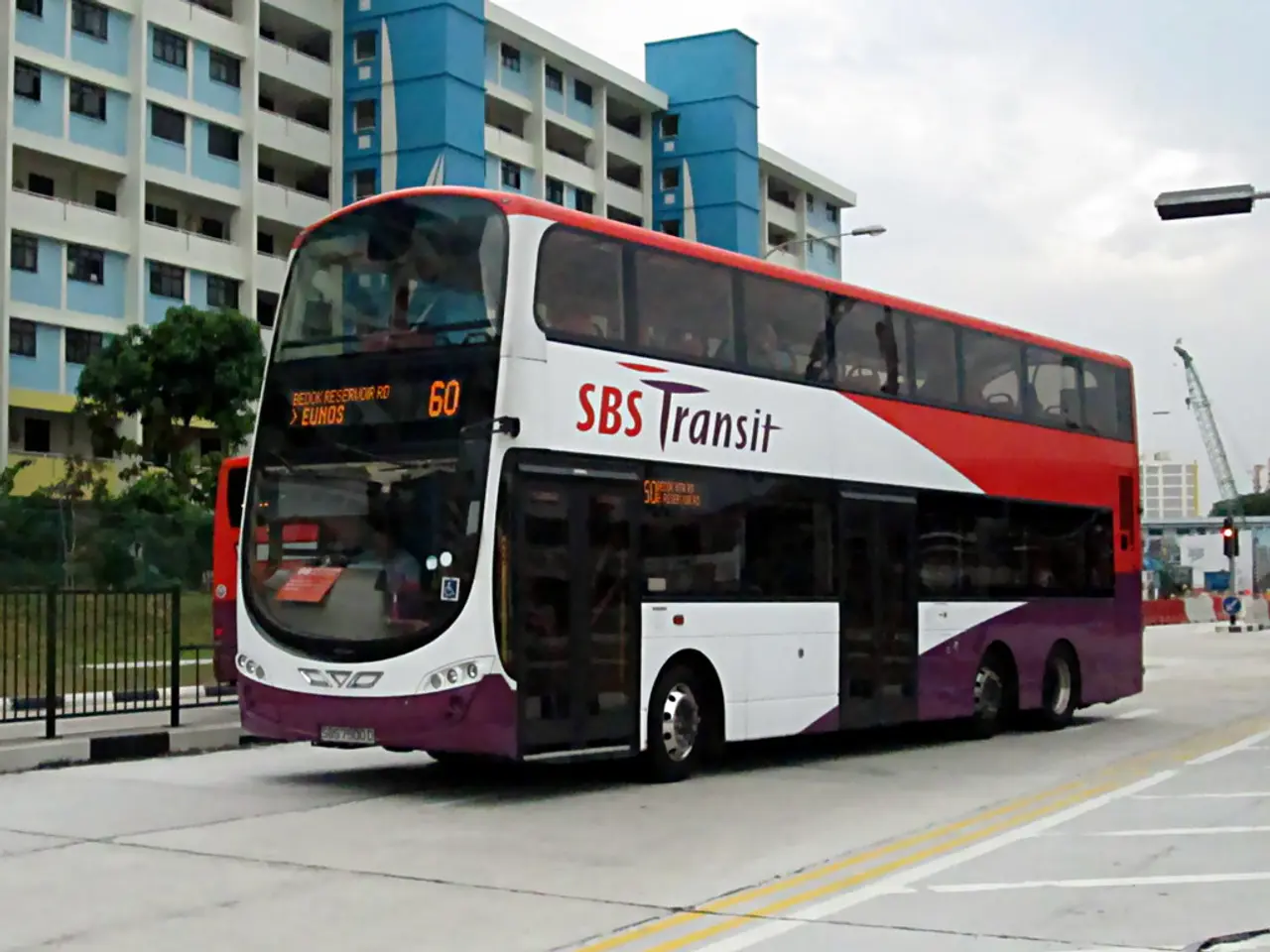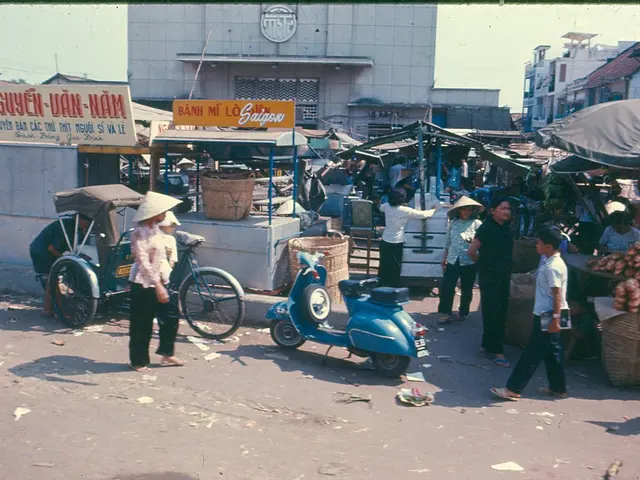Electric bus fleet to be powered by new charging project, approved by SamTrans
SamTrans to Expand Zero-Emission Services with New Charging Facilities
The San Mateo County Transit District (SamTrans) is set to take a significant step towards a more sustainable future, as construction on charging facilities for its battery-electric buses at the South Base operations and maintenance site in San Carlos is scheduled to begin later in 2025.
The decision comes as a result of the SamTrans Board of Directors increasing the 2026 Capital Budget by $13.9 million to reflect new grant awards. The investment in this charging infrastructure is intended to support a more sustainable future for San Mateo County, with a focus on cleaner air, healthier communities, and zero-emission transit as the backbone of the service for decades to come.
The initial phase of the project will provide charging for 37 battery-electric buses currently based at South Base, with the potential for expansion to accommodate up to 110 additional zero-emission vehicles in the future. This means that the completed facilities will enable SamTrans to extend its zero-emission services, accommodating up to 147 zero-emission vehicles in total.
The new charging system will include high-capacity chargers, overhead pantograph dispensers, and upgraded electrical and communications networks. The project also includes improvements to the South Base entrance.
The San Mateo County Transit District has approved a $36.3 million contract with Clark Construction Group to undertake this ambitious project. The funding for the project comes from various sources, including the Federal Transit Administration, the Bay Area Air District, the California Local Partner Programme Competitive fund, and the Low Carbon Transit Operations Programme. The work will be delivered under a Project Labour Agreement with local unions, which includes provisions on employment standards and community benefits.
The benefits of the extended zero-emission services are expected to include improvements in air quality and reductions in greenhouse gas emissions across the communities served by SamTrans. This move aligns with SamTrans' commitment to its Innovative Clean Transit Plan, developed in accordance with California Air Resources Board requirements for all transit operators to transition to fully zero-emission fleets by 2040.
With this project, SamTrans reaffirms its dedication to a greener and cleaner future, paving the way for a more sustainable public transportation system in San Mateo County. The anticipated benefits extend far beyond the transit district, contributing to a healthier environment and improved quality of life for all residents.
Read also:
- Peptide YY (PYY): Exploring its Role in Appetite Suppression, Intestinal Health, and Cognitive Links
- Toddler Health: Rotavirus Signs, Origins, and Potential Complications
- Digestive issues and heart discomfort: Root causes and associated health conditions
- House Infernos: Deadly Hazards Surpassing the Flames




